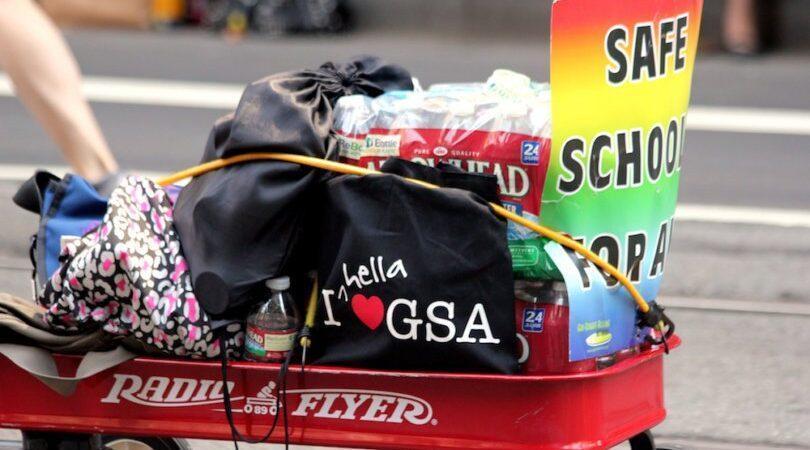Over the past year, sex education in schools has consistently expanded to support the LGBT agenda.
(LifeSiteNews) – Public records show that a major grant program requires schools that receive the funding to allow LGBT clubs and policies.
The Centers for Disease Control and Prevention (CDC) spent $85 million on a 5-year grant program which compels schools to increase their support for LGBT ideology. According to a notice of funding report put out by the organization, recipients could be granted between $12,000 and $350,000 from 2018-2023.
In 2018, the CDC released a lengthy document titled “Promoting Adolescent Health through School-Based HIV Prevention.” This resource details the requirements to form LGBT clubs called Gay-Straight Alliances or Genders and Sexualities Alliances (GSA). In order to be eligible for the grant, schools must “establish or enhance [these] student-led clubs that support LGBT youth.”
According to the document, “a Gay-Straight Alliance (GSA) is a student-run club, typically in a high school or middle school, which provides a safe place for students to meet, support each other, talk about issues related to sexual orientation and gender identity and expression, and work to end homophobia and transphobia.”
Additionally, the CDC states that, each year, the school must “provide professional development to all school staff on supporting lesbian, gay, bisexual, and transgender (LGBT) youth.”
While the formation of pro-LGBT clubs is required, the CDC also offers suggestions on how to create “safe and supportive environments” which are not mandatory. Further ideas on pro-LGBT programs and policies are detailed in the Sexual Health Education (SHE) portion of the program guidance.
“Individual programs intended to reach a general classroom of students may not be effective with everyone in that classroom (e.g., LGBT youth),” the CDC writes. “If LEA [local education agencies] expect to impact youth in a given population or setting, they should choose instructional programs and lessons designed for that specific population or setting.”
The document states that “educating young people about sexual health” is “especially important for LGBT youth” and that there is a lack of support for these students in many school sex education programs.
“LGBT youth often describe their SHE as hetero-centric or heteronormative, and sometimes excluding LGBT content altogether. A one-size-fits-all approach to SHE is not appropriate for LGBT youth as it lacks important context related to their particular risks and protective factors,” it continues.
The CDC encourages schools to find “LGBT-inclusive programs” to address the lack of attention given to homosexual acts and further normalize the lifestyle among children. When choosing materials, the organization urges teachers to locate resources which “integrate gender-neutral language, examples, terminology, and representation from LGBT youth populations.”
It argues that these practices are “shown to increase LGBT youth connectedness and feelings of inclusion with their peers and school community.” It encourages teachers to collaborate with each other to find the best approaches to addressing LGBT students.
“Additionally, LEA should leverage the collective voice and expertise of their district SHAC [School Health Advisory Council] or similar committee/council to help promote awareness and action toward implementing LGBT-youth-inclusive SHE programs among teachers, parents, school administrators, and community partners.”
Over the past year, sex education in schools has consistently expanded to support the LGBT agenda. During the summer, a school board director in Washington state offered “sex education” workshops for 9-year-olds at her “sex shop.”
Although some school officials have fallen into the trend of exposing children to sexual material and ideas, other state leaders have begun taking a stand against these practices. The Virginia Department of Education has enacted policies to ensure parental consent and decision making regarding sexual content in public schools.

